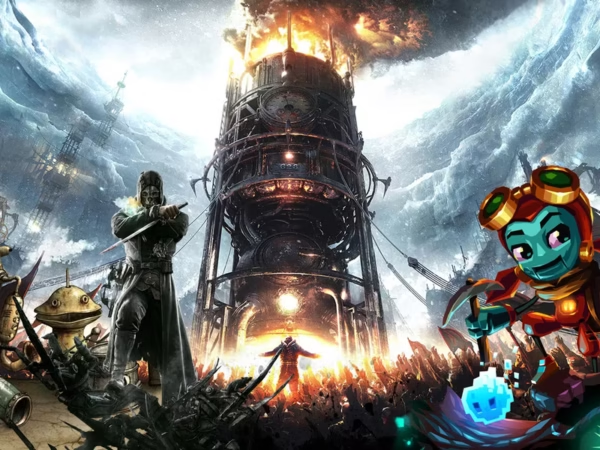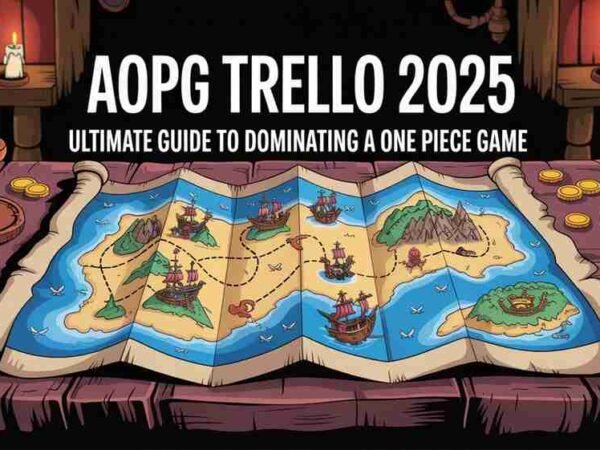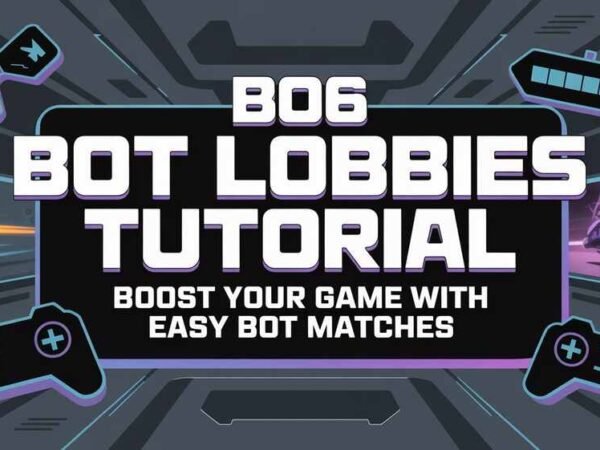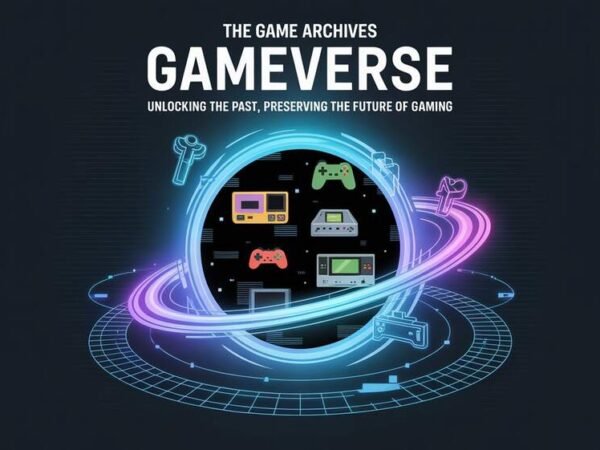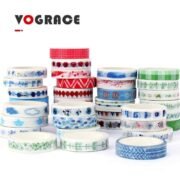Since its inception in 2009, Minecraft has captivated millions with its open-ended gameplay and limitless creative possibilities. Beyond its blocky aesthetic and sandbox mechanics, the game has fostered a unique visual culture, primarily through its iconic game icons and customizable banners. These visual elements are more than just game assets; they represent the game’s evolution, the creativity of its community, and the lasting impact Minecraft has had on gaming culture. In this article, we delve into the evolution of Minecraft (2009) game icons banners, exploring their design trends and cultural significance.
The Origins of Minecraft Icons and Banners
When Minecraft was first released in 2009, its visual style was minimalist yet instantly recognizable. The game’s iconography, starting with the simple dirt block, reflected the core mechanics of digging and building that were central to the game. As Minecraft grew in popularity, these icons evolved, becoming more detailed and symbolic of the game’s broader identity. The original icons were simple yet effective, allowing players to easily navigate the game world and understand its mechanics at a glance.
Banners, introduced later in the game’s development, added a new layer of personalization and creativity. Banners quickly became a beloved feature, first appearing in the 1.8 Bountiful Update in 2014, allowing players to express their individuality within the game. Made from wool and sticks and customizable with a wide range of patterns and colors, banners became a canvas for players to showcase their creativity, mark territory, and signify achievements.
The Evolution of Minecraft Icons
2009-2011: The Grass Block Icon
The initial Minecraft icon, a dirt block topped with grass, became synonymous with the game’s early days. This icon was a logo and a visual representation of the game’s core concept: digging, building, and surviving in a blocky world. The grass block was simple yet evocative, perfectly encapsulating the essence of Minecraft and its appeal to both casual and dedicated gamers.
2011-Present: The Creeper Face Icon
2011, the Creeper face icon emerged, marking a significant shift in Minecraft’s visual identity. The Creeper, a mob known for its explosive nature, became one of the most iconic characters in gaming. The face, with its unsettling eyes and wide mouth, was instantly recognizable and symbolized the game’s unpredictable and sometimes dangerous nature. This icon represented more than just a character; it became a symbol of Minecraft itself, known and feared by players worldwide.
2015: Enhanced Textures and Details
As Minecraft continued to evolve, so did its icons. 2015, the game’s visual elements were significantly upgraded with enhanced textures and details. The grass block icon, for instance, was updated to include more realistic textures and shading, reflecting the game’s graphical improvements. These changes modernized the game’s appearance and showed a commitment to maintaining its iconic status while adapting to the expectations of a growing and diverse player base.
2020: High-Resolution Icons
By 2020, Minecraft icons had transitioned to high-resolution formats, offering more detailed and polished visuals. This evolution reflected the game’s ongoing development and ability to stay relevant in an ever-changing gaming landscape. The high-resolution icons maintained the game’s original charm while enhancing its visual appeal, ensuring Minecraft remained familiar and fresh to its players.
The Introduction and Evolution of Banners
2014: Introduction of Banners in the Bountiful Update
Banners were introduced in Minecraft with the Bountiful Update in 2014. This feature allowed players to create decorative banners using wool and sticks, which could be customized with various patterns and colors. The introduction of banners added a new dimension to the game, allowing players to express their creativity in new ways. Banners quickly became famous for decorating bases, marking territories, and representing factions in multiplayer servers.
2016: The Loom Block – Simplifying Banner Customization
In 2016, Minecraft introduced the Loom block, a new tool that made banner customization more accessible and user-friendly. The Loom allowed players to create intricate patterns with greater ease, expanding the possibilities for banner design. This update was well-received by the community, as it simplified the process of creating detailed and unique banners, further encouraging creativity within the game.
2019: Integration of Banners with Shields
The 2019 update brought another exciting feature: combining banners with shields. This integration allowed players to carry their custom banner designs into battle, adding a new layer of personalization to combat. Players could now showcase their identity and allegiance on their shields, making banners not just decorative items but functional gameplay elements. This feature added depth to the game’s combat system and provided players with more opportunities for self-expression.
Customization and Identity Through Banners
Banners in Minecraft serve as more than just decorative elements; they are powerful tools for self-expression and identity. Players can craft banners using the Loom, applying various patterns and colors to create unique designs. From simple stripes and crosses to complex symbols like the Creeper face or the Ender Dragon egg, the possibilities for banner design are virtually endless.
Famous Banner Designs: Flags, Fandoms, and Custom Shields
One of the most popular uses of banners in Minecraft is the creation of flags and symbols representing real-world countries, fandoms, or in-game factions. Players have replicated national flags, designed banners featuring symbols from popular culture, and even created intricate patterns representing their favorite video games or movies. These banners are often displayed in high-traffic areas of the game, such as village centers, trading halls, or fortresses, where other players can admire them.
Banners as Markers of Territory and Achievement
In multiplayer servers, banners are often used to mark territories or identify factions. Players use banners to claim land, represent their group, or signal their presence in a particular area. Additionally, banners are sometimes used to commemorate significant achievements, such as defeating the Ender Dragon or completing a major build. These banners are visual reminders of a player’s journey and accomplishments within the game.
Cultural Impact of Minecraft Icons and Banners
The Creeper Face and Other Icons as Cultural Symbols
The Creeper face icon has transcended the game, becoming a cultural symbol recognized even by those who do not play Minecraft. It appears on merchandise, educational materials, and marketing campaigns, symbolizing the game’s widespread influence. Similarly, other Minecraft icons, like the Ender Dragon egg, have become emblematic of the game’s community and the creativity it fosters.
Banners in Multiplayer Servers: Organization and Aesthetics
In multiplayer environments, banners are not just decorative; they are crucial in organizing and identifying different factions, teams, or regions. Banners can be seen adorning the walls of castles, marking the borders of territories, or even decorating the banners of player-built ships. Their use in these settings highlights their importance in both gameplay mechanics and the aesthetic design of Minecraft worlds.
The Role of Visual Elements in Community Engagement and Merchandising
Minecraft’s visual elements, icons, and banners have fostered community engagement. Platforms like Reddit, YouTube, and Planet Minecraft are filled with player-created banners and icons that push the boundaries of what is possible within the game. These visual creations showcase individual players’ talents and inspire others to explore their creativity.
Moreover, Minecraft’s icons and banners have become a significant part of the game’s merchandising. From T-shirts and backpacks to toys and board games, Minecraft merchandise often features these iconic images, further embedding them into popular culture.
Tools and Techniques for Creating Icons and Banners
Creating high-quality Minecraft (2009) game icons banners requires the right tools and techniques. Many players use graphic design software like Adobe Photoshop or GIMP for creating and editing raster graphics. For vector designs, tools like Adobe Illustrator or Inkscape are popular choices. These tools allow for greater precision and creativity when designing custom icons and banners.
Online Tools for Banner Customization
Several online tools, such as BannerCraft or NeedCoolShoes, allow players to design and preview banners before implementing them in-game. These platforms provide a more intuitive interface for banner creation, allowing players to experiment with different patterns, colors, and designs. These tools are handy for creating intricate or highly detailed banners that might be challenging to design using in-game tools alone.
Advanced Techniques: 3D Elements, Animations, and Custom Illustrations
For players looking to take their designs to the next level, incorporating 3D elements or animations can add depth and interest to their banners. Tools like Blender or Adobe Dimension allow players to create and render 3D graphics that can be integrated into their designs. Hiring a professional illustrator or using custom illustrations can give banners a unique and polished look, setting them apart from ordinary designs.
Best Practices for Designing Minecraft Icons and Banners
When designing Minecraft icons and banners, it’s essential to consider how they will appear across different devices and screen resolutions. Test designs on various platforms, from desktops to mobile phones, to ensure they look good and function properly no matter where they are viewed.
Staying updated with the latest design trends in the Minecraft community is also crucial. Design standards evolve, and regularly refreshing icons and banners can keep them engaging and relevant. Using data-driven approaches to analyze player preferences and trends can further optimize designs, ensuring they resonate with the broader Minecraft community.
Conclusion
The evolution of Minecraft (2009) game icons banners reflects the game’s development and deep connection with its player base. These visual elements have grown alongside the community, from the simple dirt block icon that captured the essence of the game’s core mechanics to the intricate and customizable banners that allow players to express their unique identities. They symbolize the creativity, innovation, and cultural impact that Minecraft has fostered over the years. As the game continues to evolve, these icons and banners will remain central to its identity, inspiring and engaging players worldwide. Whether used for personal expression, to mark achievements, or to represent factions within the game, the icons and banners of Minecraft serve as lasting emblems of a game that has become a global phenomenon.
Do Read: Understanding ARK: Survival Evolved (2017) Game Icons Banners


